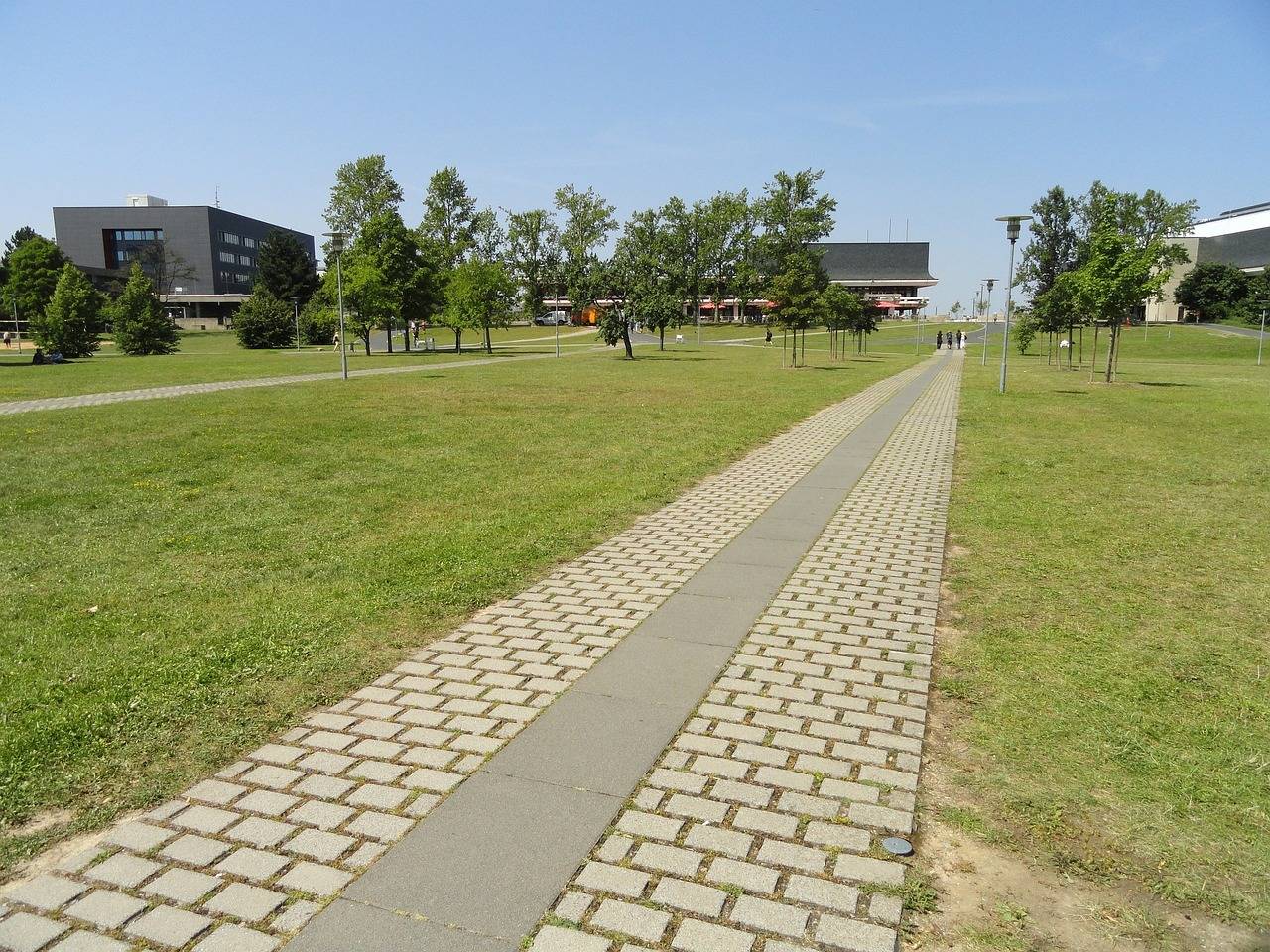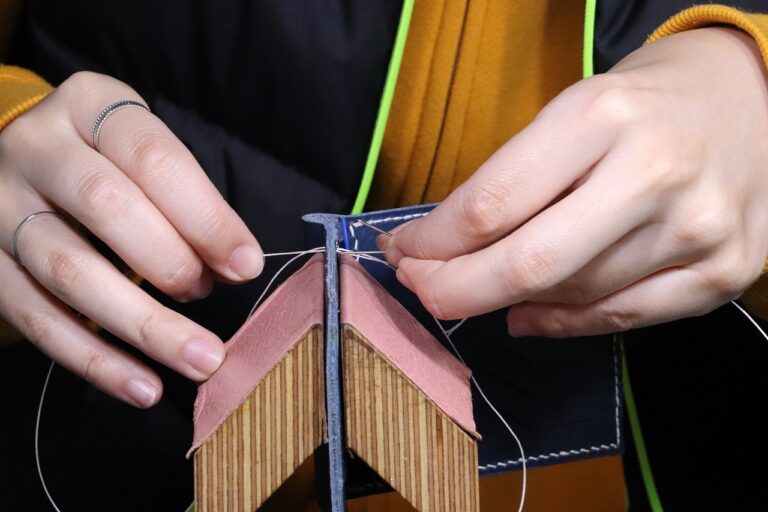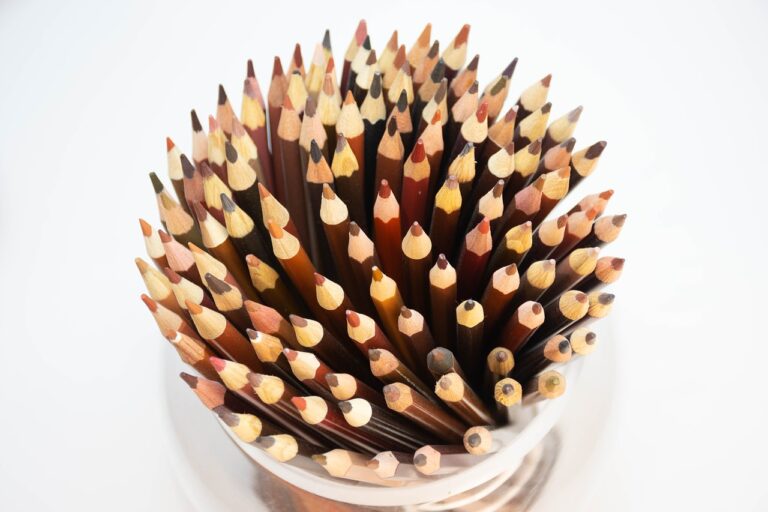Exploring the Benefits of Arts Education
Creativity plays a vital role in education by encouraging students to think outside the box and explore new perspectives. When students are given the opportunity to express themselves creatively, they are more likely to develop innovative solutions to problems and challenges they encounter. Embracing creativity in education not only fosters individual growth but also promotes a collaborative learning environment where diverse ideas are valued.
Furthermore, incorporating creative outlets into the educational curriculum can help students enhance their communication and interpersonal skills. By engaging in artistic activities or creative projects, students learn to express their thoughts and emotions effectively, thus improving their ability to communicate with others. This emphasis on creativity not only enriches the learning experience but also prepares students for success in an increasingly complex and interconnected world.
How Arts Education Enhances Critical Thinking Skills
According to educators and researchers, arts education plays a crucial role in enhancing critical thinking skills among students. By engaging in artistic activities such as painting, music, and drama, students are encouraged to think outside the box and develop their ability to analyze and solve problems creatively. This process helps to cultivate a more flexible and open-minded mindset, leading to improved critical thinking abilities in various areas of study.
Furthermore, arts education also promotes the development of skills such as observation, interpretation, and reflection, all of which are essential components of critical thinking. Engaging with different forms of art allows students to practice examining and understanding complex concepts, fostering a deeper level of thinking and analysis. Through this process, students learn to question and evaluate information critically, leading to a more nuanced understanding of the world around them.
Why is creativity important in education?
Creativity is important in education because it helps students think outside the box, problem-solve, and come up with innovative solutions. It also fosters self-expression and allows students to explore their imagination.
How does arts education enhance critical thinking skills?
Arts education requires students to analyze, interpret, and evaluate different works of art. This process helps develop their critical thinking skills by encouraging them to think critically about the meaning, context, and techniques used in various forms of art.
Can arts education benefit students in subjects other than art?
Yes, arts education can benefit students in subjects other than art. The critical thinking skills developed through arts education can be applied across all academic disciplines, helping students to think more creatively, analytically, and critically in all areas of their education.
How can educators incorporate arts education into their curriculum?
Educators can incorporate arts education into their curriculum by integrating art projects, performances, or visits to museums and cultural events into their lesson plans. They can also promote creativity and critical thinking by encouraging students to express themselves through various art forms.
What are some examples of how arts education can enhance critical thinking skills?
Some examples of how arts education can enhance critical thinking skills include analyzing the meaning and symbolism in a piece of artwork, interpreting the emotions conveyed in a musical performance, or evaluating the techniques used in a dance routine. These activities require students to think critically and creatively, enhancing their overall cognitive abilities.





